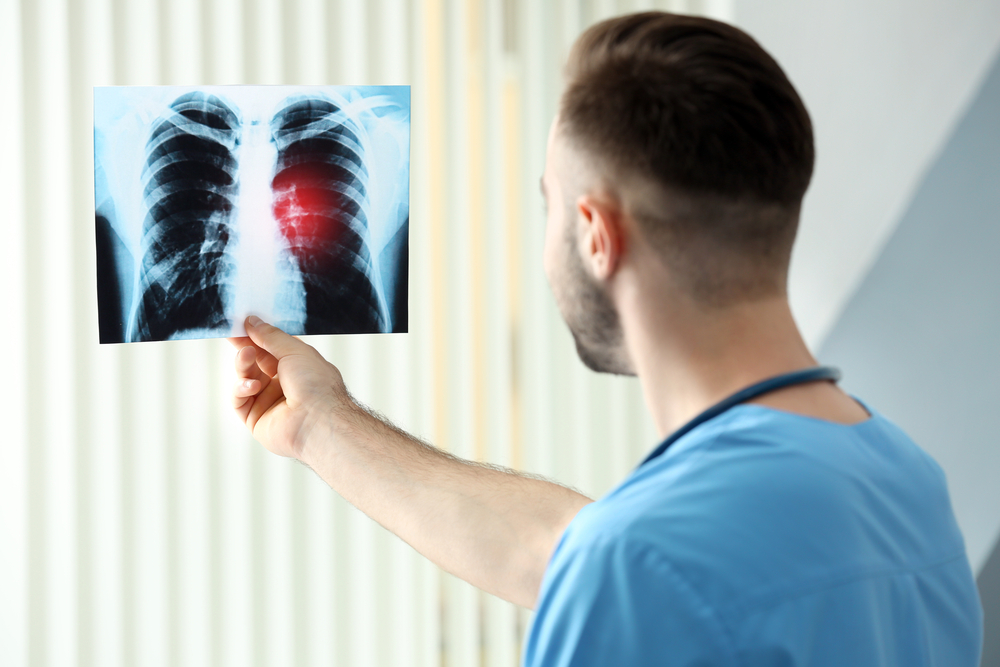Comprehensive Guide to Thyroid Cancer: Causes, Types, Symptoms, and Treatment Strategies
This comprehensive guide provides an in-depth overview of thyroid cancer, covering its various types, symptoms, causes, and advanced treatment options. Early diagnosis is crucial, and understanding risk factors can aid in prevention. Treatment strategies include surgery, hormone therapy, radioactive iodine, radiation, and targeted therapies, tailored to each patient's specific condition. With high treatability and favorable prognosis in early stages, awareness and timely medical intervention are key to managing thyroid cancer effectively. This article serves as an essential resource for patients and healthcare providers alike.

Comprehensive Guide to Thyroid Cancer: Causes, Types, Symptoms, and Treatment Strategies
Thyroid cancer is a medical condition characterized by the abnormal and uncontrolled growth of cells within the thyroid gland, a butterfly-shaped organ located at the base of the neck. The thyroid plays a vital role in producing hormones that regulate various metabolic processes throughout the body, including heart rate, body temperature, and energy levels. Although thyroid cancer is relatively rare compared to other types of cancers, it is one of the most treatable forms when detected early. Understanding its causes, types, symptoms, and treatment options is essential for early diagnosis and effective management.
Thyroid cancer tends to affect women more frequently than men, making it a gender-biased disease. Most cases are diagnosed in individuals over the age of 30, although young adults and even teenagers can also develop this condition. The prognosis for thyroid cancer is generally favorable, especially when identified at an early stage. However, even after successful initial treatment, some patients may experience recurrence, underlining the importance of ongoing monitoring and care.
Types of Thyroid Cancer: An In-Depth Look
Thyroid cancers are classified into several types based on the cellular origin and pathological features. The main types include:
Papillary Thyroid Cancer: This is the most common form, accounting for approximately 80% of all thyroid cancer cases. It typically affects younger patients and has a slow progression. Papillary carcinomas often spread to nearby lymph nodes but respond well to treatment, making it highly treatable with a good prognosis.
Follicular Thyroid Cancer: Making up about 15% of cases, follicular thyroid cancer is slightly more aggressive than papillary cancer. It tends to spread through the bloodstream to other parts of the body such as the lungs and bones. Detecting this type involves a biopsy and is usually managed with surgery and radioactive iodine therapy.
Medullary Thyroid Cancer: Representing roughly 3-4% of thyroid cancers, medullary thyroid cancer originates from the parafolicular cells (C cells) of the thyroid that produce calcitonin. It may be linked to hereditary syndromes like Multiple Endocrine Neoplasia (MEN) and requires specific genetic testing. Treatment often involves surgery and targeted therapies.
Anaplastic Thyroid Cancer: The rarest and most aggressive form, accounting for less than 2% of cases, anaplastic thyroid cancer grows rapidly and often spreads to nearby tissues and organs. Its prognosis is poor, and treatment options are limited, focusing primarily on palliative care.
Understanding the Causes and Risk Factors
The exact cause of thyroid cancer is not entirely understood, but several factors are believed to increase the risk of developing the disease:
Genetic mutations: Changes in specific genes within thyroid cells can initiate uncontrolled growth and tumor formation.
Hereditary factors: A family history of thyroid cancer or related syndromes increases susceptibility.
Radiation exposure: Previous exposure to radiation, especially during childhood, significantly raises risk levels.
Age and gender: Women are more prone than men, and the risk increases with age.
Iodine deficiency: While less common, insufficient iodine intake can influence thyroid health and disease risk.
Recognizing the Symptoms of Thyroid Cancer
Early detection of thyroid cancer is crucial for effective treatment. Common symptoms include:
Neck Lump or Nodule: The most prominent sign, a painless lump in the neck, may be benign or malignant. Any persistent lump warrants medical evaluation.
Difficulties Swallowing: A growing tumor can press on the esophagus, causing discomfort or difficulty swallowing.
Voice Changes: Persistent hoarseness or voice alterations can occur if the tumor affects nearby nerves.
Breathing Difficulties: Larger tumors might obstruct airway passages, leading to breathing problems.
Neck Pain: Discomfort or pain in the neck region may be associated with tumor growth or metastasis.
Patients should seek medical attention if they notice any persistent symptoms or detectable neck masses.
Treatment Options for Thyroid Cancer
Effective management of thyroid cancer relies heavily on accurate diagnosis through biopsy and imaging studies. Treatment plans are tailored based on the type, stage, and spread of the tumor, as well as the patient’s age and overall health. The primary treatment modalities include:
Surgical Intervention: The cornerstone of thyroid cancer treatment involves surgical removal of the tumor. Procedures include lobectomy (removing one lobe of the thyroid), total or near-total thyroidectomy (removing most or all of the thyroid), and lymph node dissection if metastasis is suspected or confirmed. Surgery aims to eliminate cancerous tissue and prevent recurrence.
Hormone Therapy: Post-surgical hormone replacement therapy helps maintain normal metabolic functions and can slow the growth of residual cancer cells. In some cases, hormone therapy can also suppress the production of thyroid-stimulating hormone (TSH), which may stimulate tumor growth.
Radioactive Iodine Therapy: This targeted treatment uses radioactive iodine to destroy remaining thyroid tissue and metastases, especially effective in papillary and follicular cancers. It offers a high success rate in eradicating residual disease after surgery.
Radiation Therapy: External beam radiation may be used in cases where surgery isn’t feasible or when cancer persists or recurs after initial treatment.
Chemotherapy and Targeted Therapies: Although less common, chemotherapy may be employed for aggressive or refractory cases. Targeted molecular therapies are emerging options for advanced thyroid cancers resistant to conventional treatments.
Regular follow-up and monitoring are essential post-treatment to detect any signs of recurrence early and manage complications effectively.





